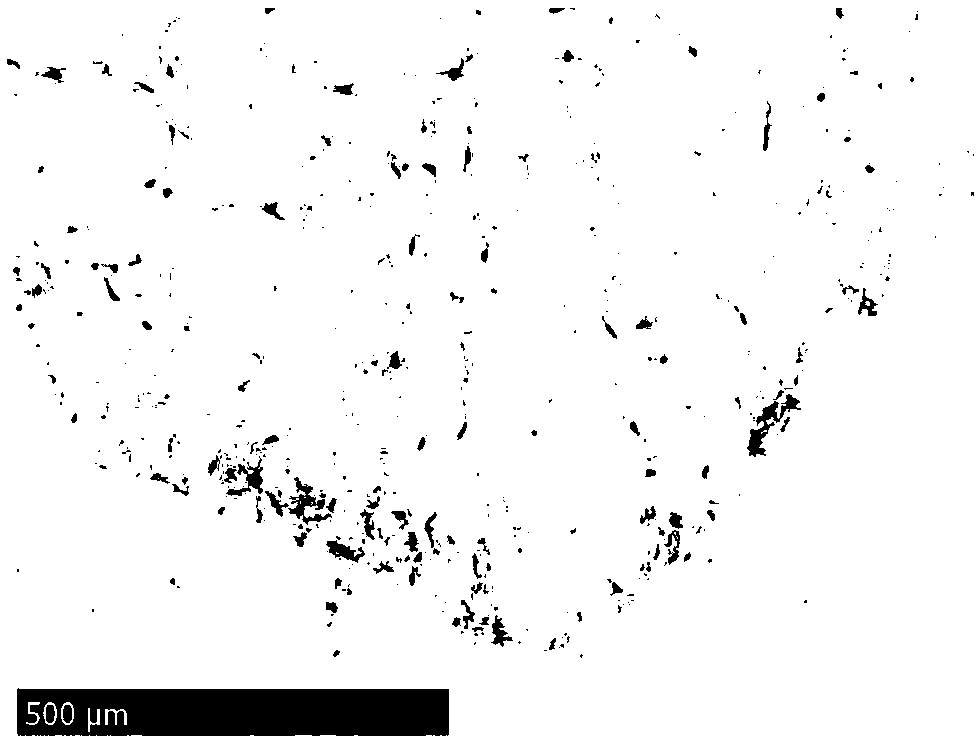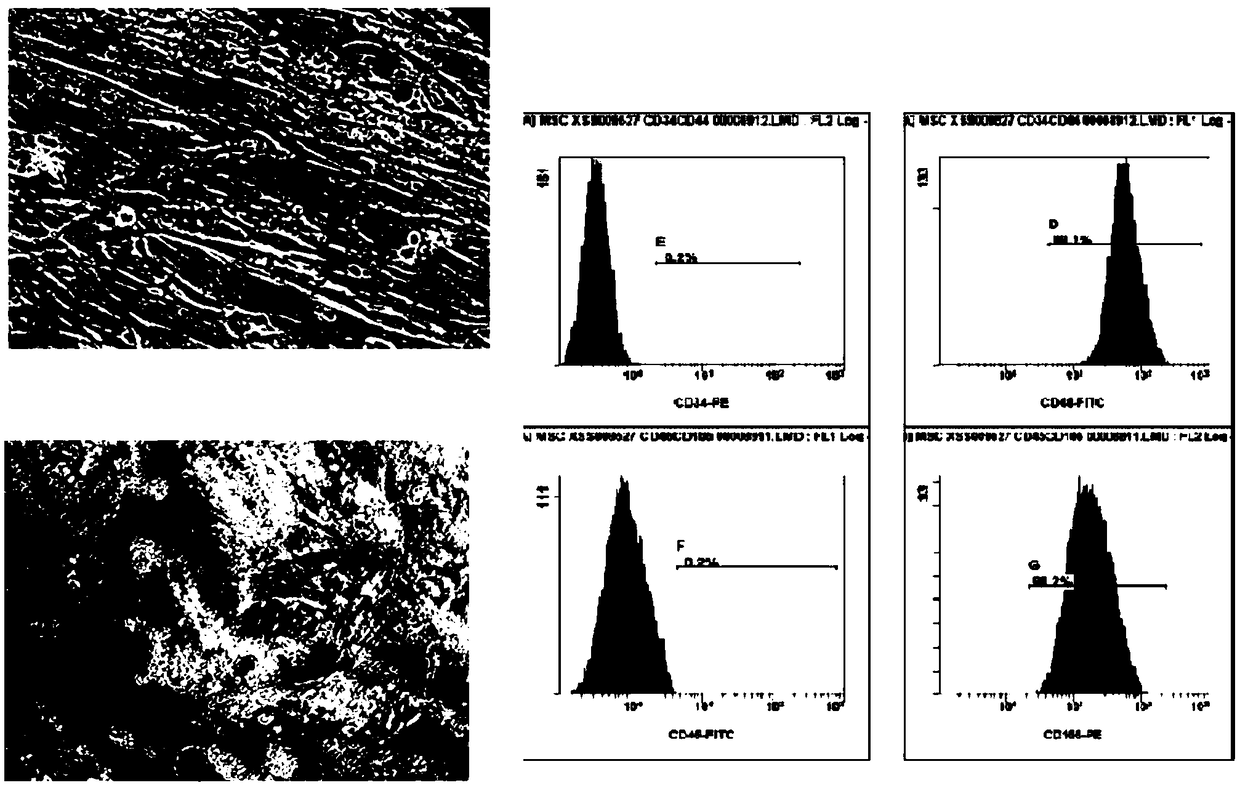Preparation and cryopreservation method and application of human placental chorionic tissues
A cryopreservation method and technology of human placenta, which is applied in the field of preparation and cryopreservation of human placental villi tissue, can solve the problems of losing the function of protecting cells of cryopreserved tissue and the influence of cell activity
- Summary
- Abstract
- Description
- Claims
- Application Information
AI Technical Summary
Problems solved by technology
Method used
Image
Examples
Embodiment 1
[0039] The cryopreservation method of embodiment 1 people's placenta villous tissue
[0040] Placenta collection: Select a healthy placenta without infectious diseases and obstetric complications, obtain the consent of the parturient and sign the informed consent; for normal collection, the collected placenta will be transported to the laboratory within 48 hours, and various necessary tests will be carried out, such as Detection of infectious diseases such as viruses, detection of bacterial contamination, etc.
[0041] The method of cryopreservation, the steps are as follows:
[0042] (1) Wash the placenta (to remove dirt and microbial contamination); cut off the decidua along the edge of the placenta to remove the amniotic membrane.
[0043] (2) Separate the above-mentioned placental chorion and large blood vessels from which the amniotic membrane has been removed, and the remaining placental tissue is the placental villi tissue, and cut the placental villi tissue into 5 cm ...
Embodiment 2
[0052] Recovery after embodiment 2 cryopreservation
[0053] According to the method of Example 1, after cryopreservation for 6 months, recovery was carried out, and mesenchymal stem cells were induced and isolated. The steps were as follows:
[0054] (2) Recovery of cryopreserved placental villus tissue: Take out the cryopreserved placenta villi tissue from liquid nitrogen, place the cryopreserved bag in the gas phase for 10 minutes to equilibrate, and quickly place the cryopreservation bag in a water bath at 37°C to 42°C; Transfer the cryopreservation bag to a safety cabinet, open the cryopreservation bag, gently remove the placental villus tissue with tweezers, put it in a resuscitation solution with three times the reference concentration at 4°C (pre-cooled to 4°C in advance), equilibrate for 1 minute, and take it out. Then put it into the resuscitation solution of double the standard concentration at 4°C (pre-cooled to 4°C in advance), equilibrate for 1 to 3 minutes, take...
PUM
 Login to View More
Login to View More Abstract
Description
Claims
Application Information
 Login to View More
Login to View More - R&D
- Intellectual Property
- Life Sciences
- Materials
- Tech Scout
- Unparalleled Data Quality
- Higher Quality Content
- 60% Fewer Hallucinations
Browse by: Latest US Patents, China's latest patents, Technical Efficacy Thesaurus, Application Domain, Technology Topic, Popular Technical Reports.
© 2025 PatSnap. All rights reserved.Legal|Privacy policy|Modern Slavery Act Transparency Statement|Sitemap|About US| Contact US: help@patsnap.com



